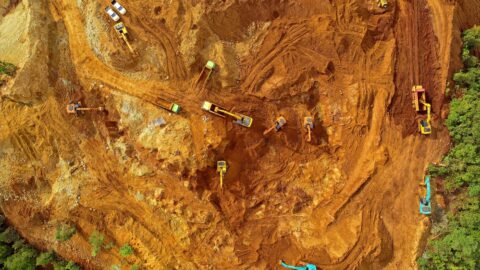The Australian Renewable Energy Agency (ARENA) has announced $8 million in funding to renewable energy producer, Neoen Australia, for a 50MW/64.5MWh expansion of the Tesla-built Hornsdale Power Reserve battery located in Jamestown, South Australia.
The $71 million project will see the current 100MW/129MWh battery expanded to demonstrate the ability for grid-scale batteries to provide inertia services and fast frequency responses to the grid.
In what would be a first for the National Electricity Market, the project will provide an evidence base for further reform and innovation in grid management, including working with the Australian Energy Market Operator (AEMO) to test and demonstrate the capability of battery control systems to provide digital inertia replacing the mechanical inertia traditionally provided by synchronous generators. The tests could help to reduce current curtailment of solar PV and wind generation in South Australia.
Neoen will also work with AEMO to provide an evidence base to support an update of the current Market Ancillary Services Specifications to increase the permissible level of Frequency Control Ancillary Services (FCAS) registration for all providers, enabling large-scale batteries to provide this service to their full extent and unlock revenue streams to provide a commercial pathway for other large-scale batteries.
The Hornsdale battery extension could also allow for an increased power flow limit to the Heywood interconnector, resulting in an improvement in spot prices when importing energy from Victoria.
Tesla, who built the original battery in less than nine months in 2017, will deliver the project on a full turn-key construction basis.
The project will also receive $15 million over five years from the South Australian Government’s Grid Scale Storage Fund to address grid reliability and security in the state. The project will also be supported by the Clean Energy Finance Corporation.
As South Australia continues to increase the share of renewable energy generation, large-scale storage such as grid-scale batteries will help address challenges facing South Australia’s power system including reliability and inertia.
ARENA CEO, Darren Miller, said large-scale batteries will play a key role in ensuring reliability of supply and support for power system security, as Australia transitions to renewable energy.
“Large-scale batteries are playing an important role in providing short term, large-scale energy storage to help firm and balance the grid,” Mr Miller said.
“The Hornsdale battery is a groundbreaking project that has proven what batteries can do for our electricity system, and this expansion will now show that it is capable of much more by demonstrating inertia, expanded FCAS functionality and extended support for the Heywood interconnector.
“Along with providing essential services to the South Australian grid, this will help to inform the regulatory changes required to value these services and create additional revenue markets for other batteries to enter the market on a commercial basis.
“We hope this project will not only demonstrate the versatility of batteries in providing a range of grid services but also help pave the way for market reform.”
ARENA has supported five grid-scale batteries including the ESCRI and Lake Bonney batteries in South Australia and two in Victoria at Ballarat and Gannawarra.
South Australian Minister for Energy and Mining, Dan van Holst Pellekaan, said, with this expansion, the Hornsdale Power Reserve will continue to break new ground in providing and proving up the benefits of inertial response from inverter technologies.
“By providing an additional 50MW of fast ramping market capacity it is designed to reduce spot price volatility and protect the grid from network disturbances, resulting in more affordable, reliable, and secure power for all South Australians,” Mr van Holst Pellekaan said.
















